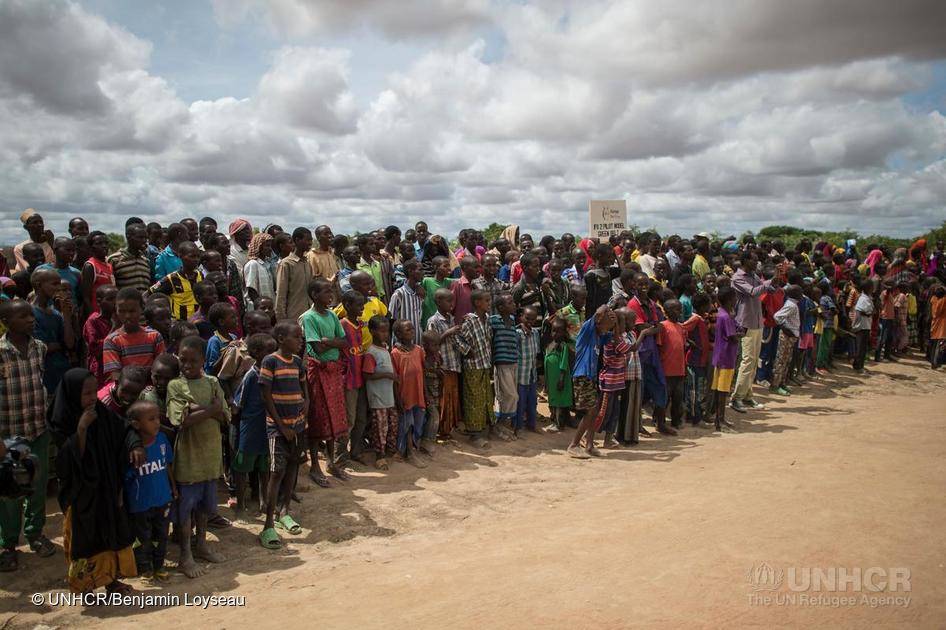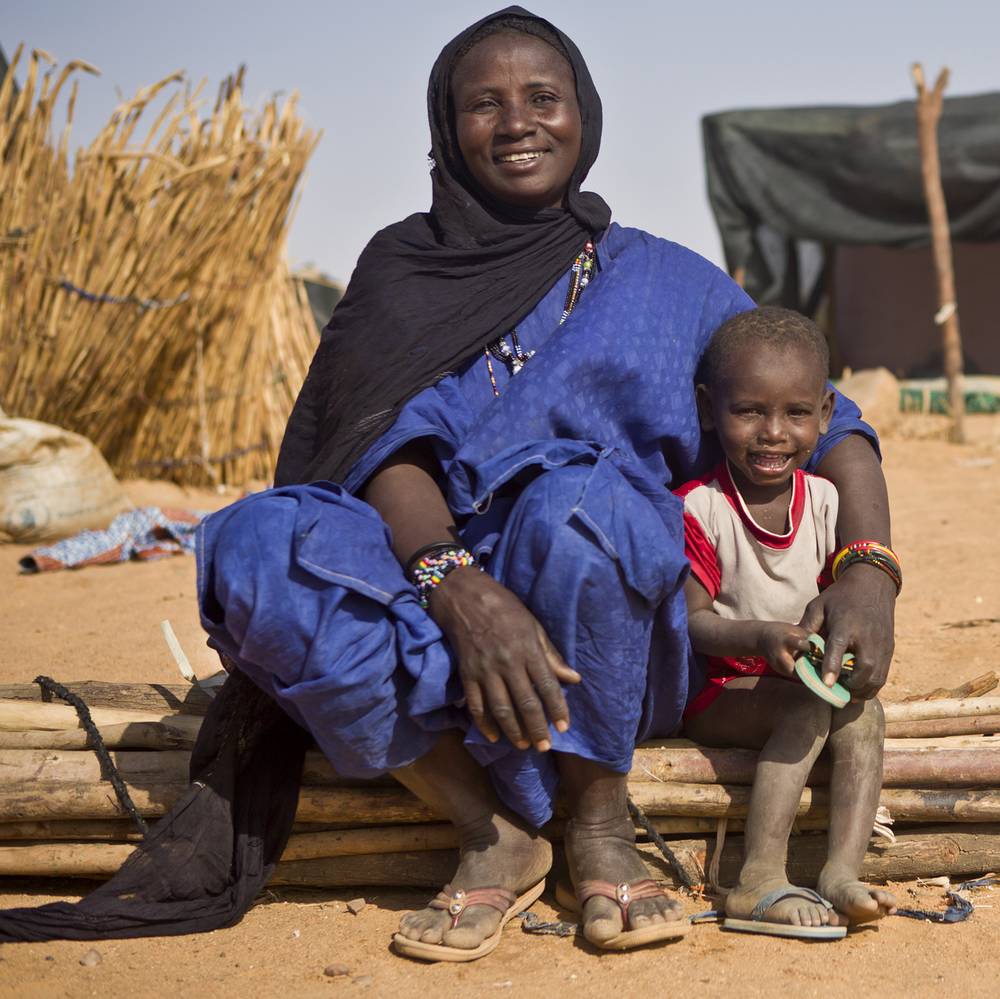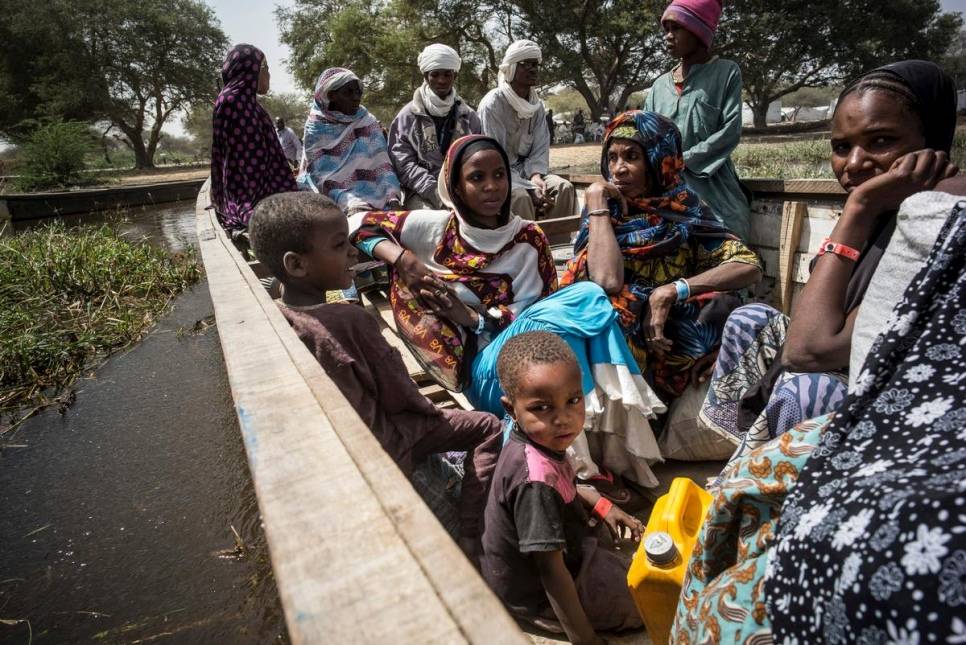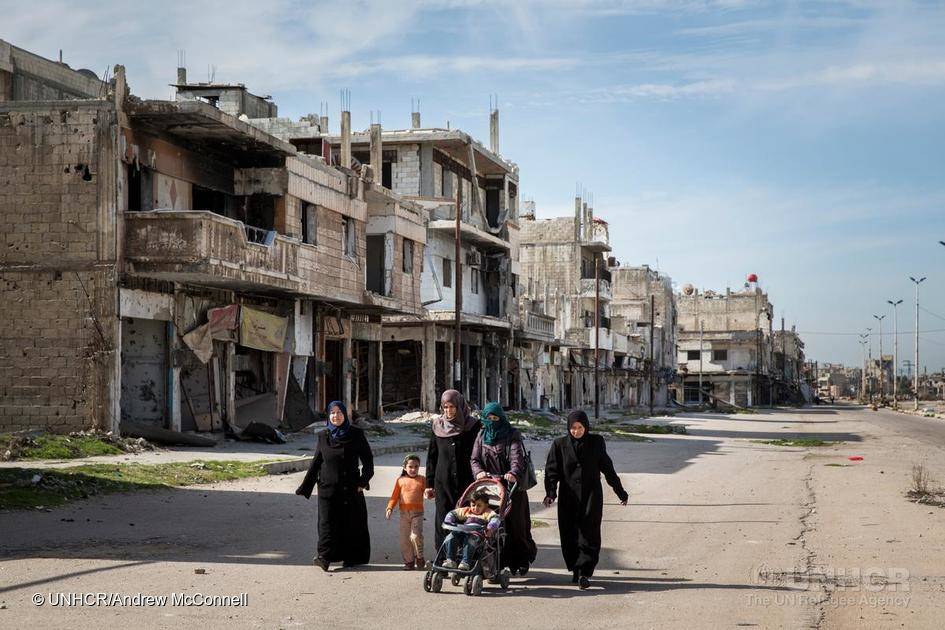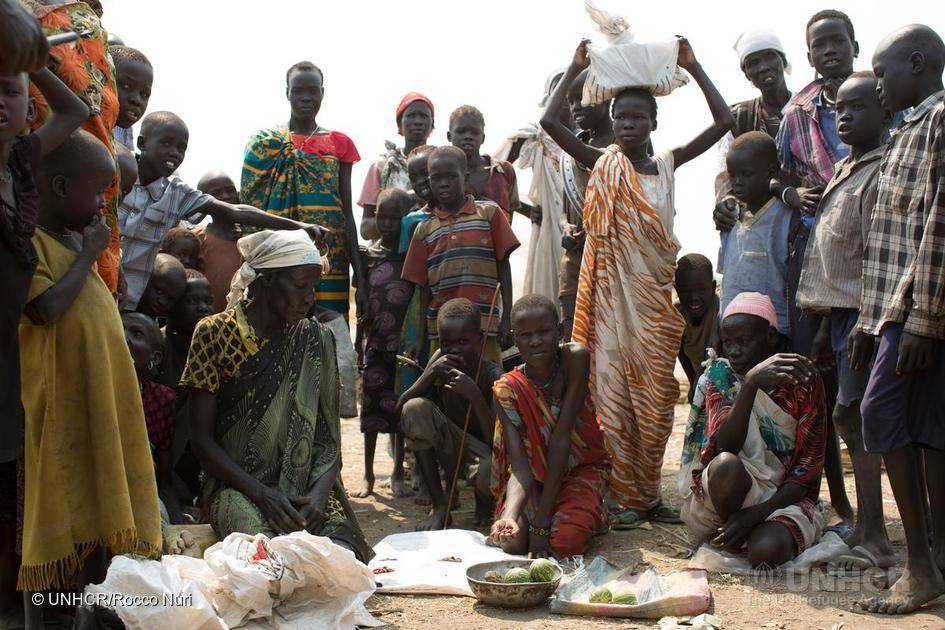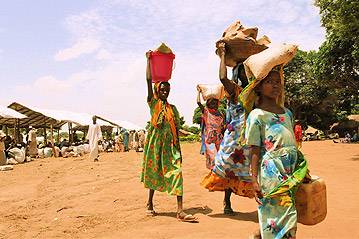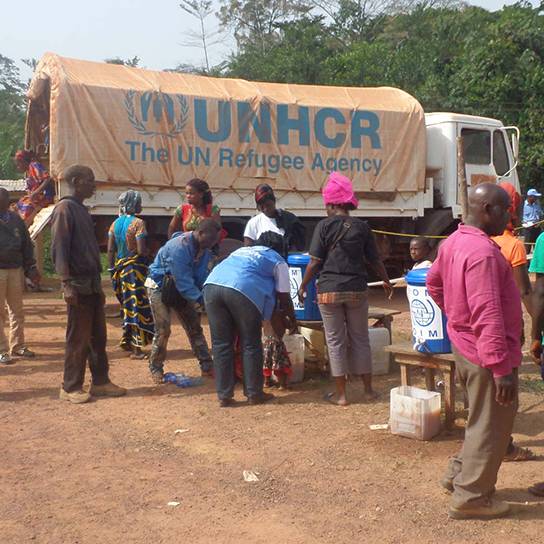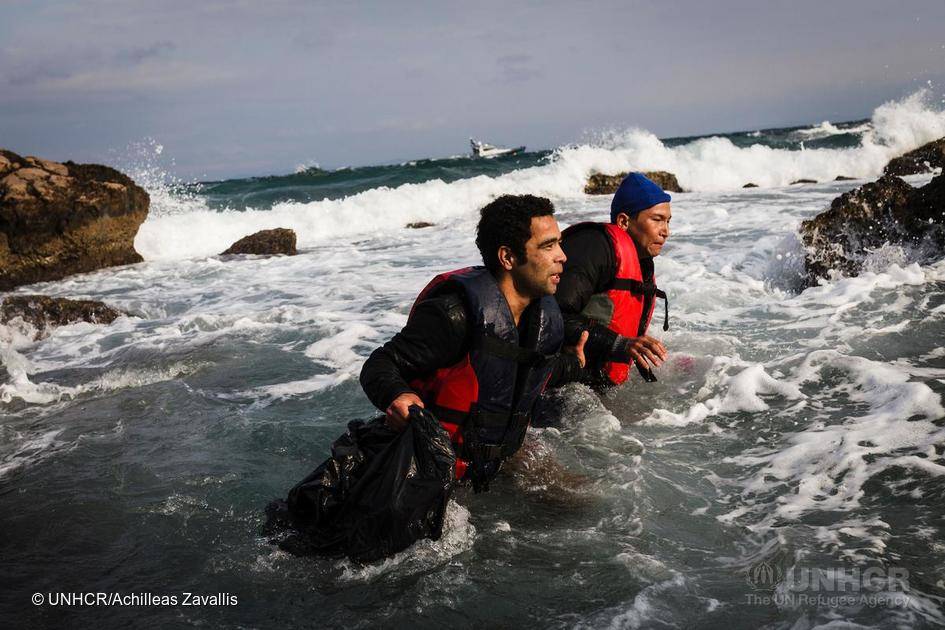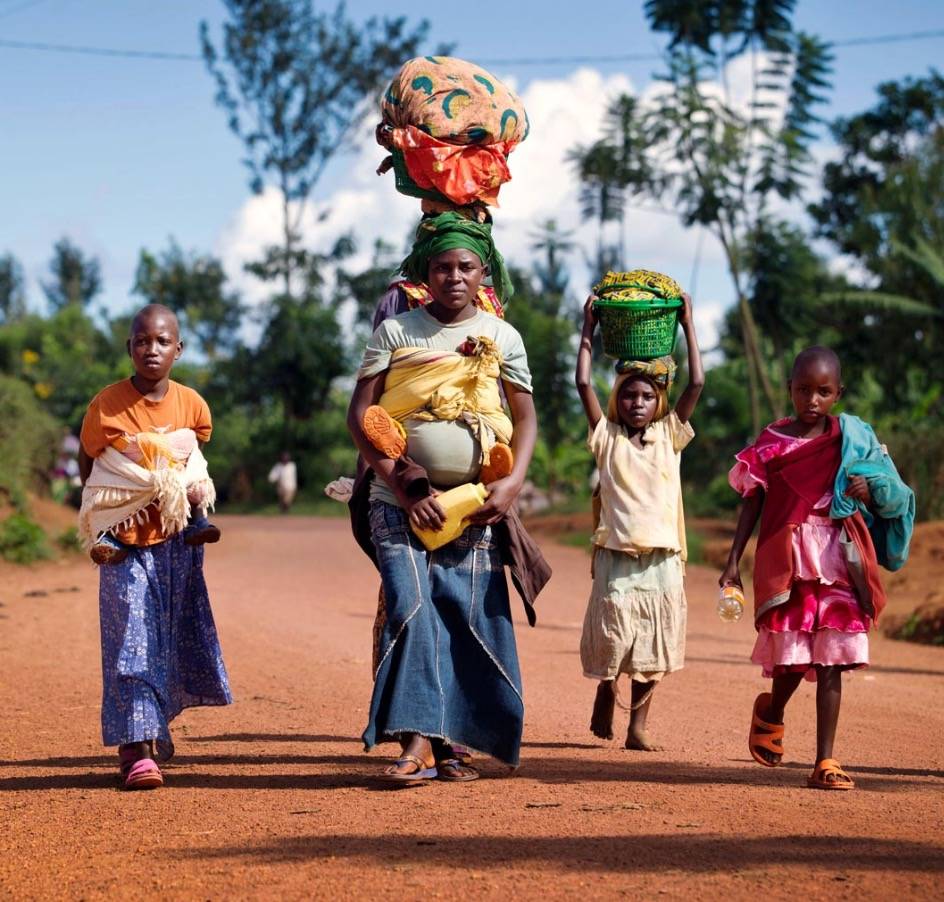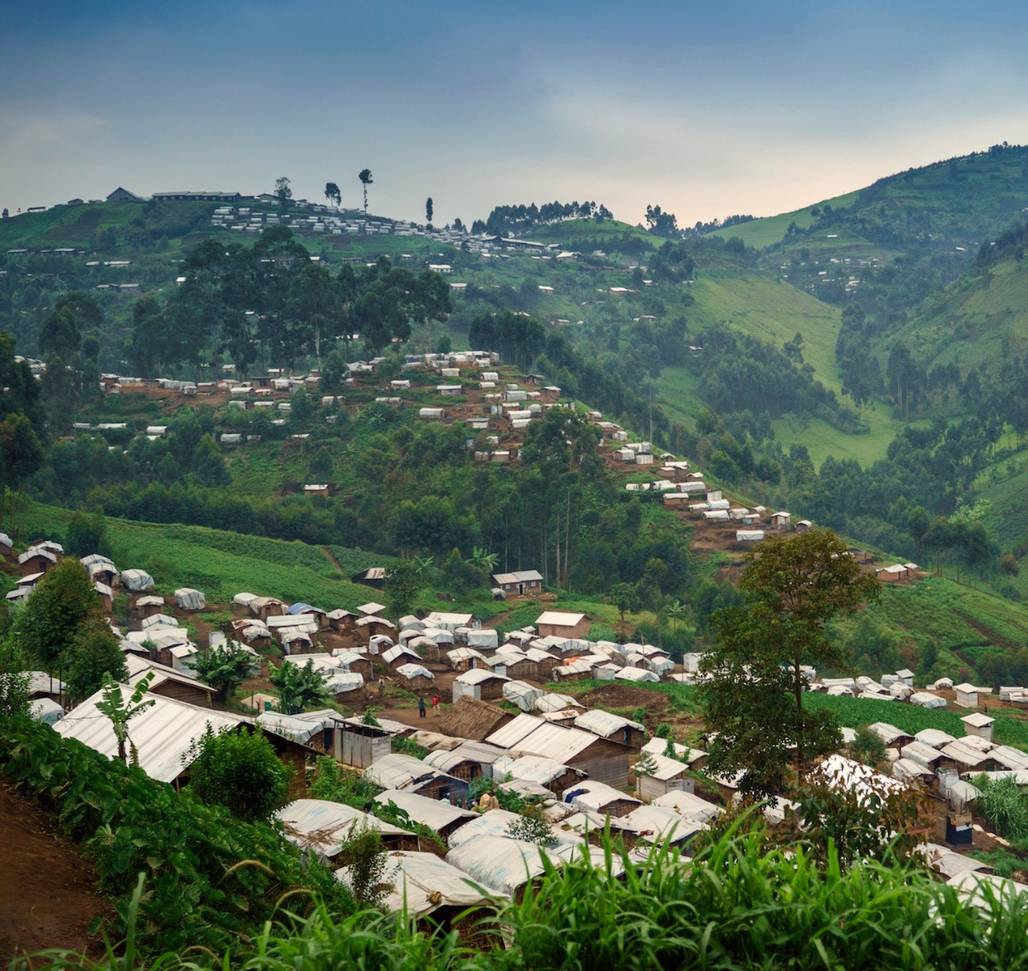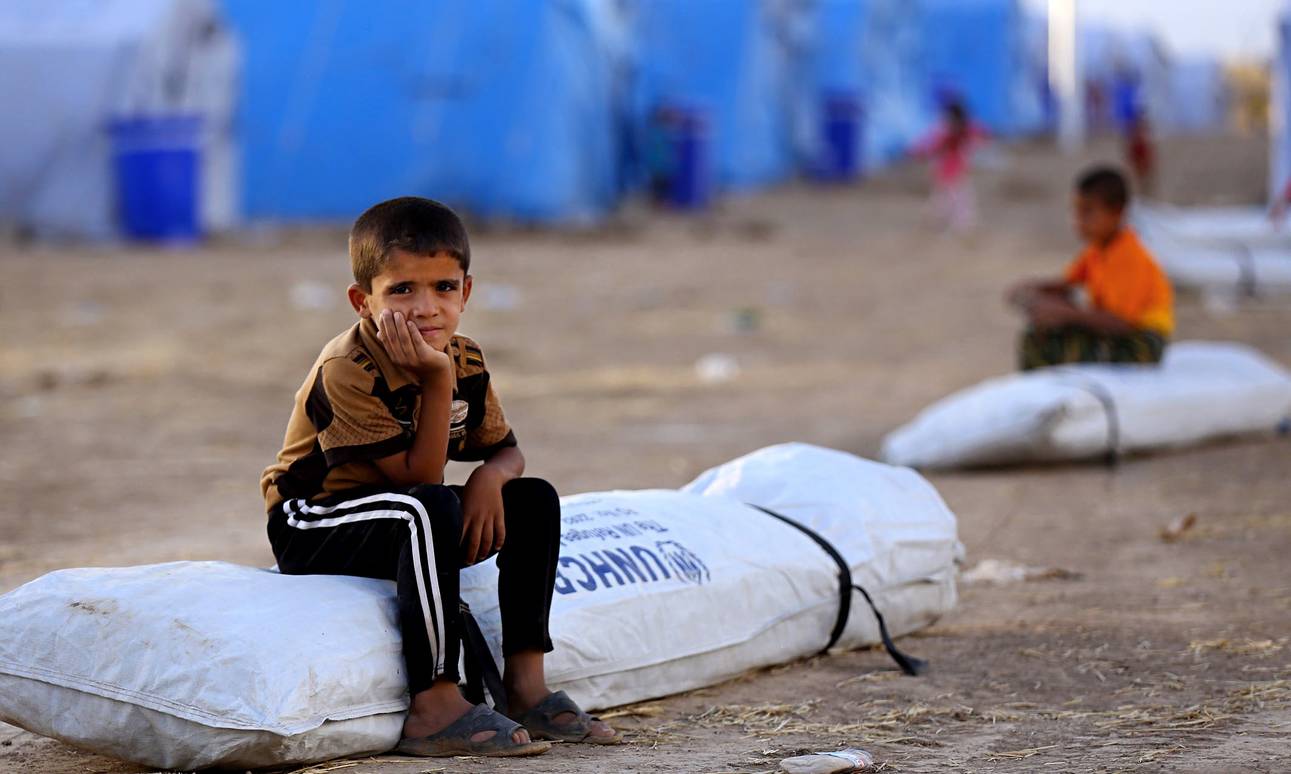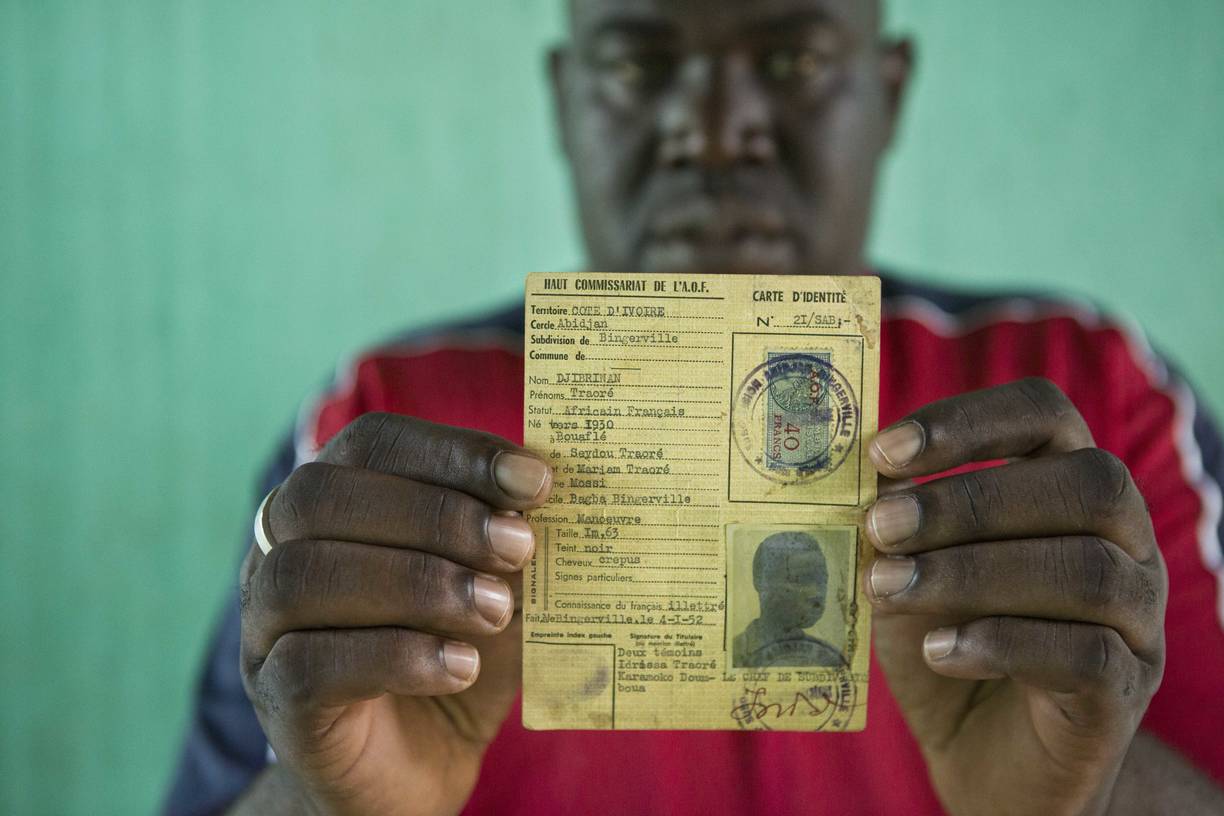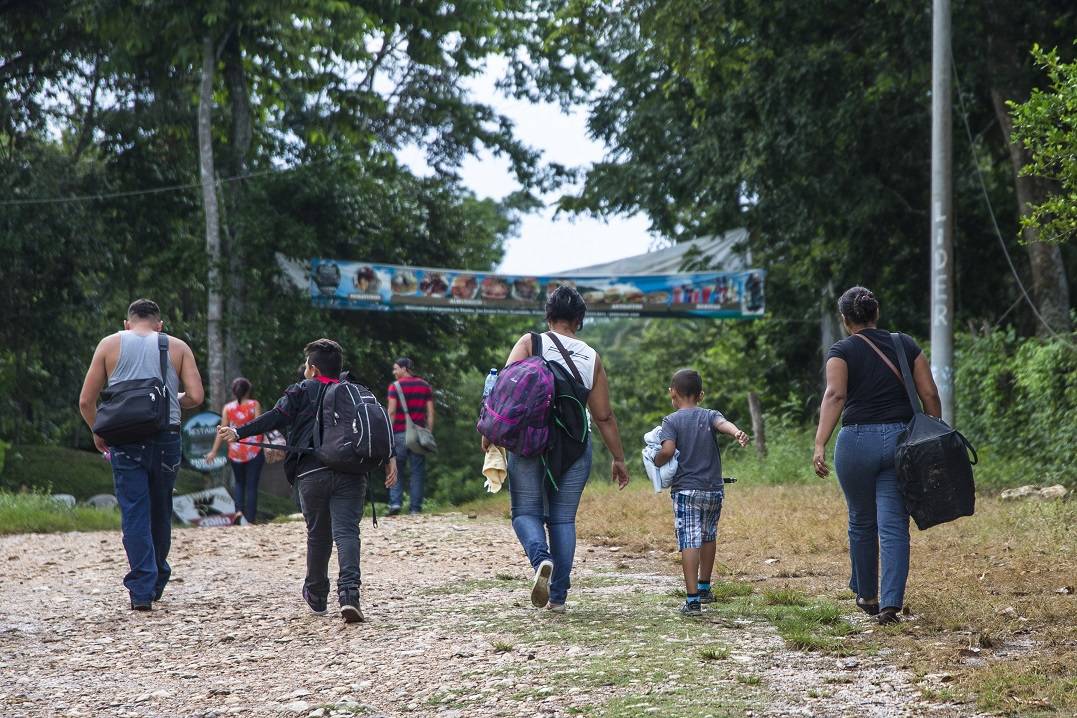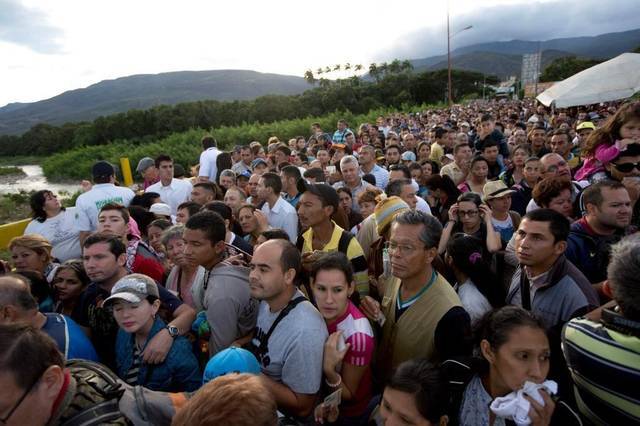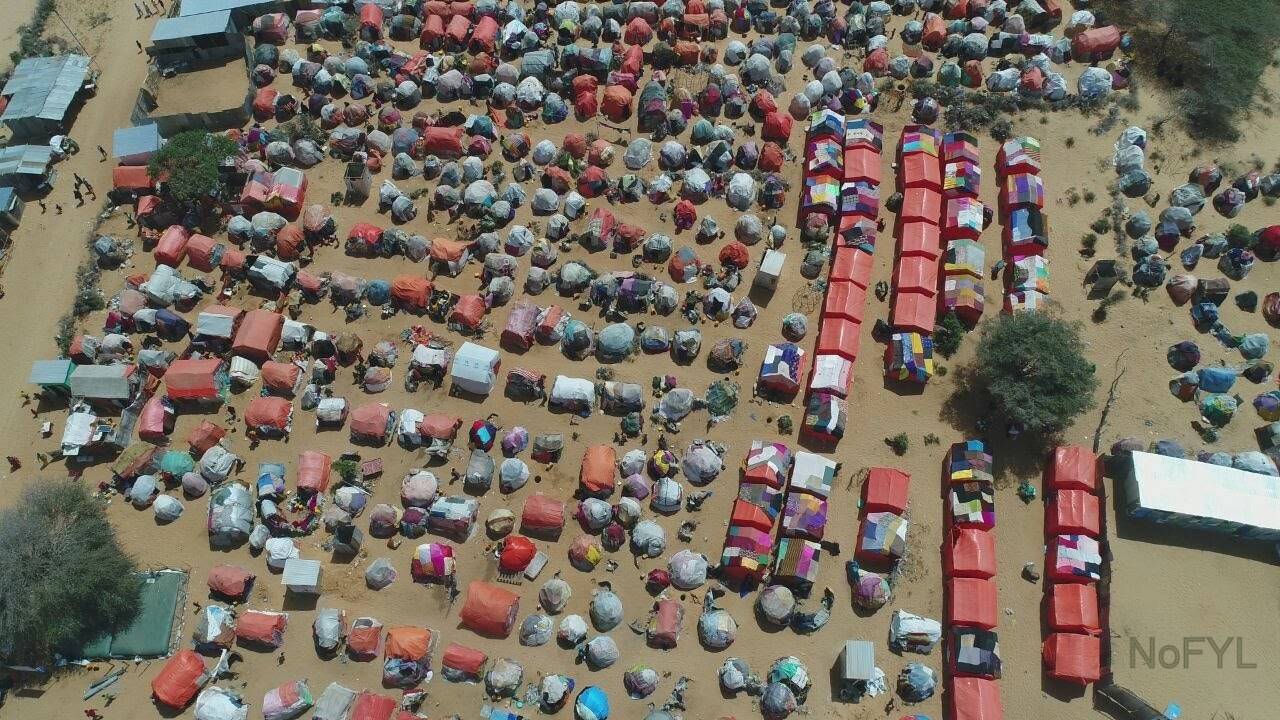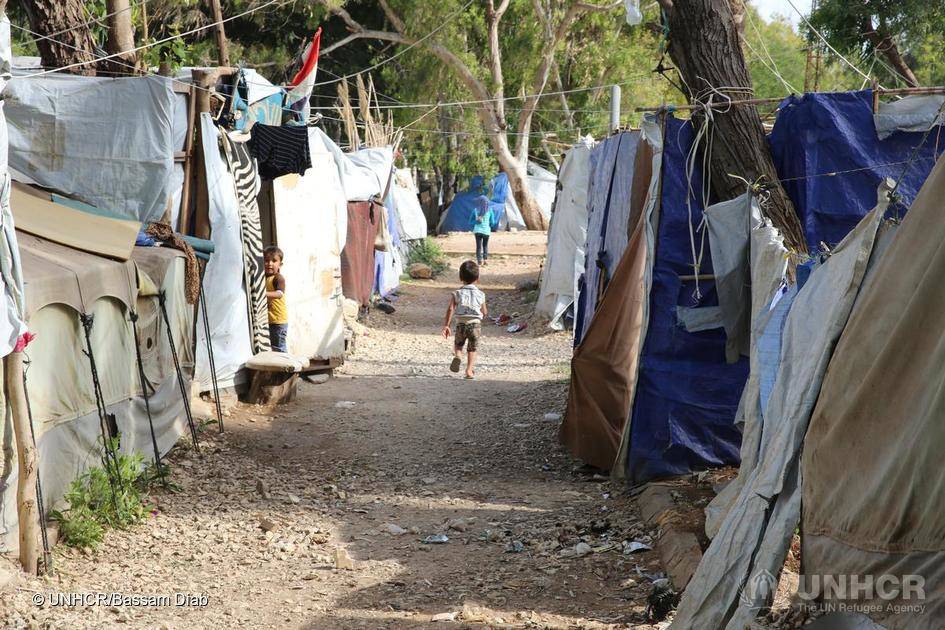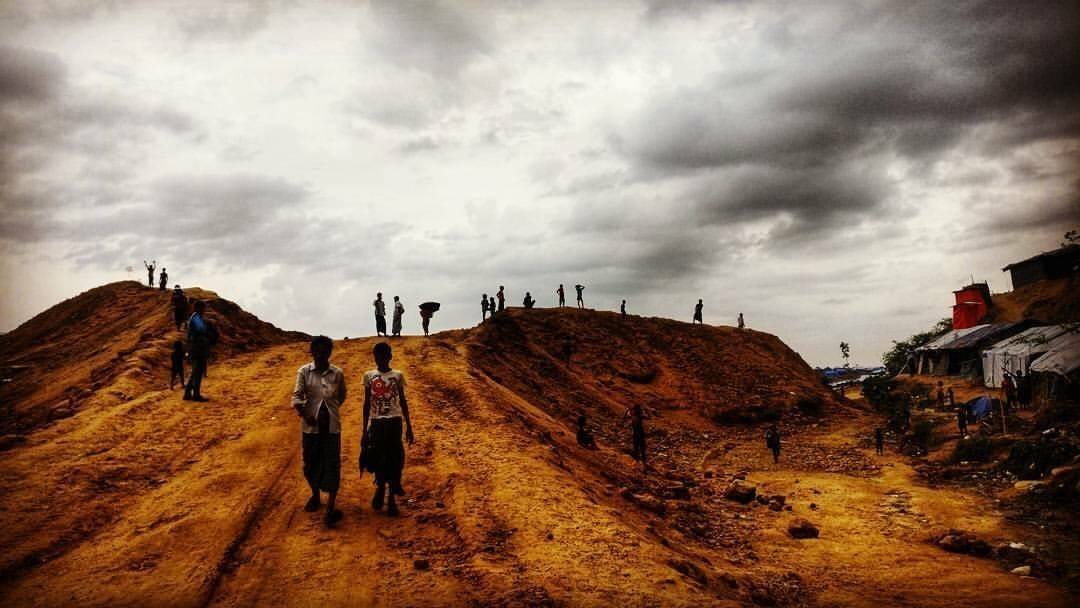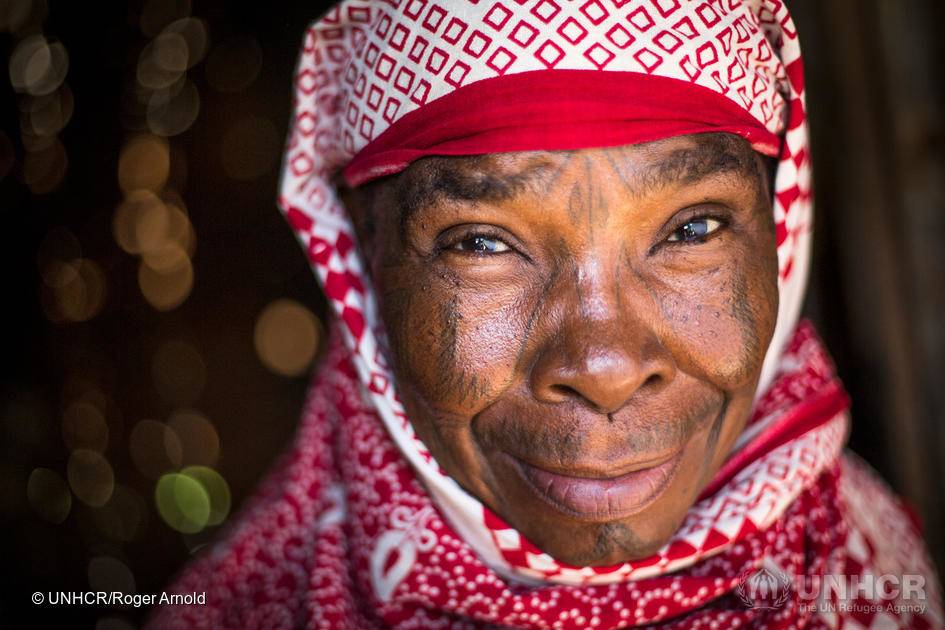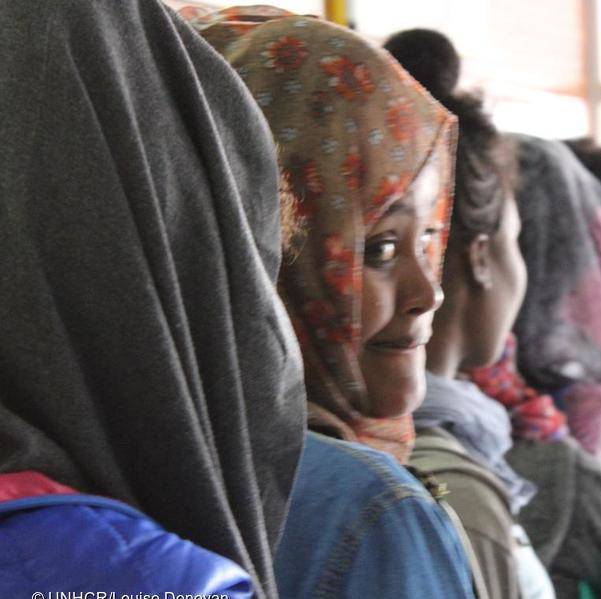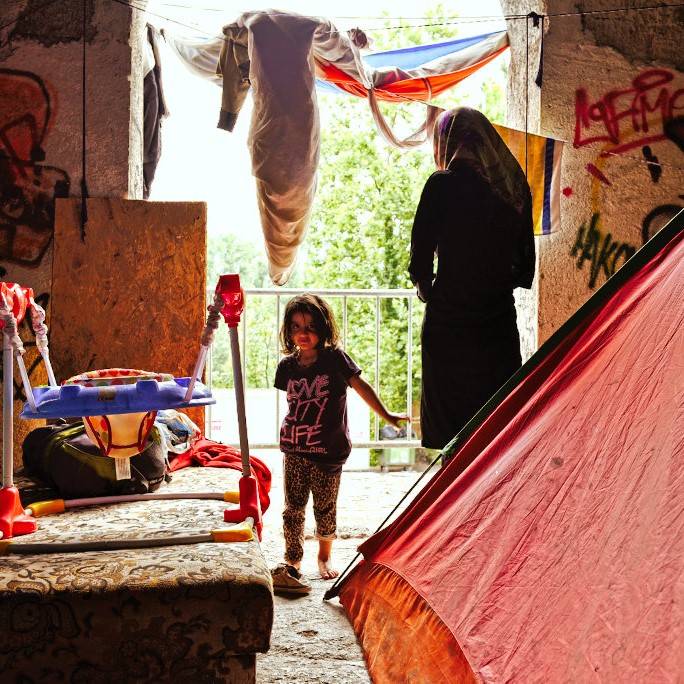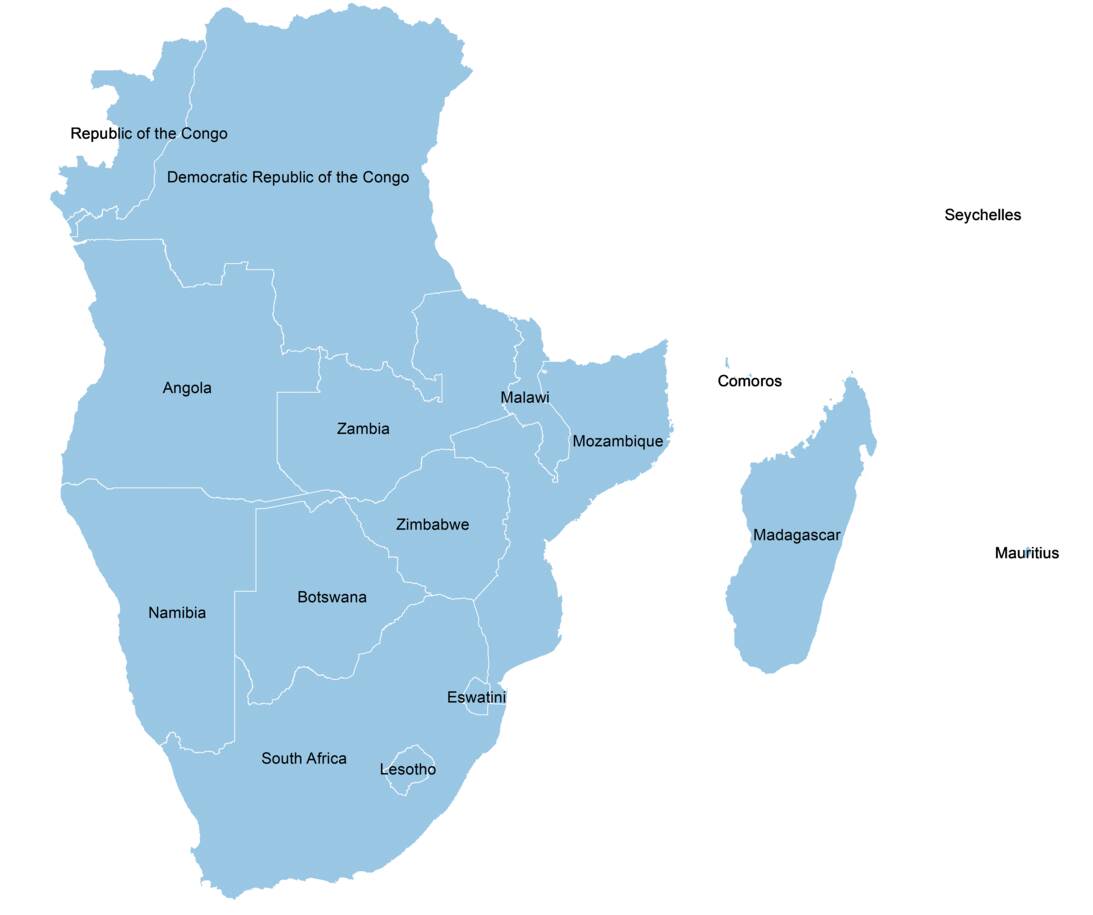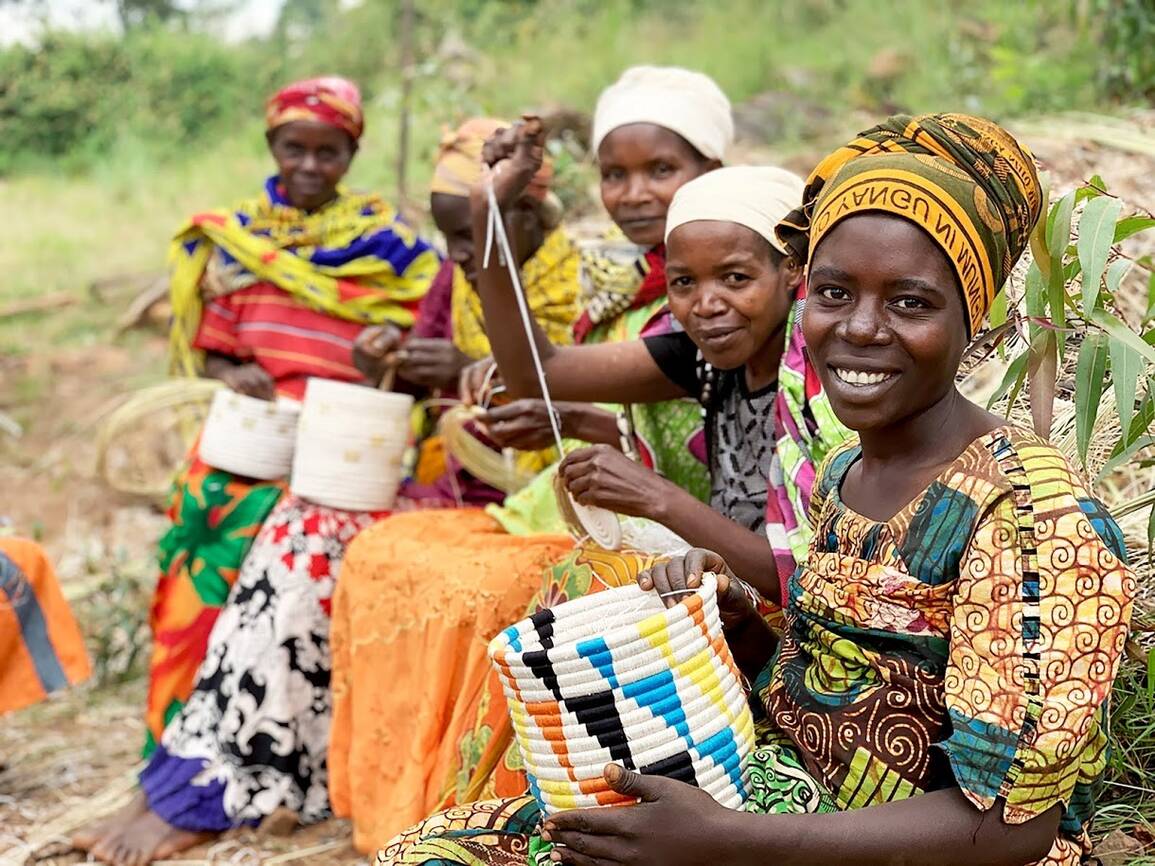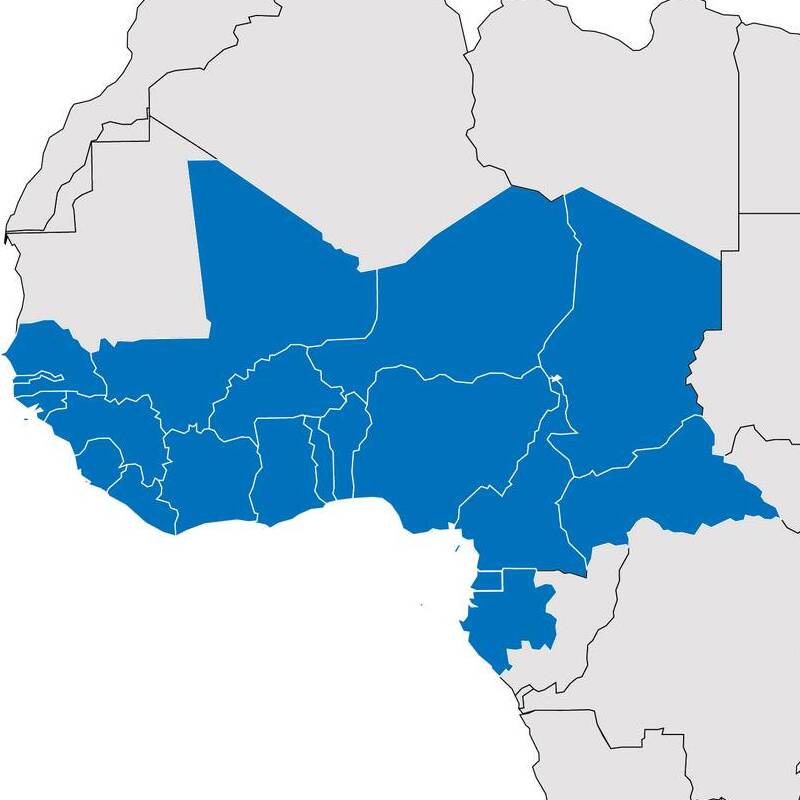In September 2019, with the aim of bringing decision making closer to the point of delivery, UNHCR opened its Regional Bureau for the East, Horn of Africa and Great Lakes Region (EHAGL). It is located in Nairobi, Kenya and covers 11 operations: Burundi, Djibouti, Eritrea, Ethiopia, Kenya, Rwanda, Somalia, South Sudan, Sudan, Tanzania and Uganda. Within the EHAGL region, two situations are managed by the Bureau: the South Sudan Regional Refugee Situation and the Burundi Regional Refugee Situation. The Bureau has accountability for strategic decision-making, regional prioritization, oversight of integrity issues, and quality assurance, and possesses the technical capacity to support country operations in a wide range of sectors such as education, child protection, economic inclusion and durable solutions.


 Featured situations
Featured situations
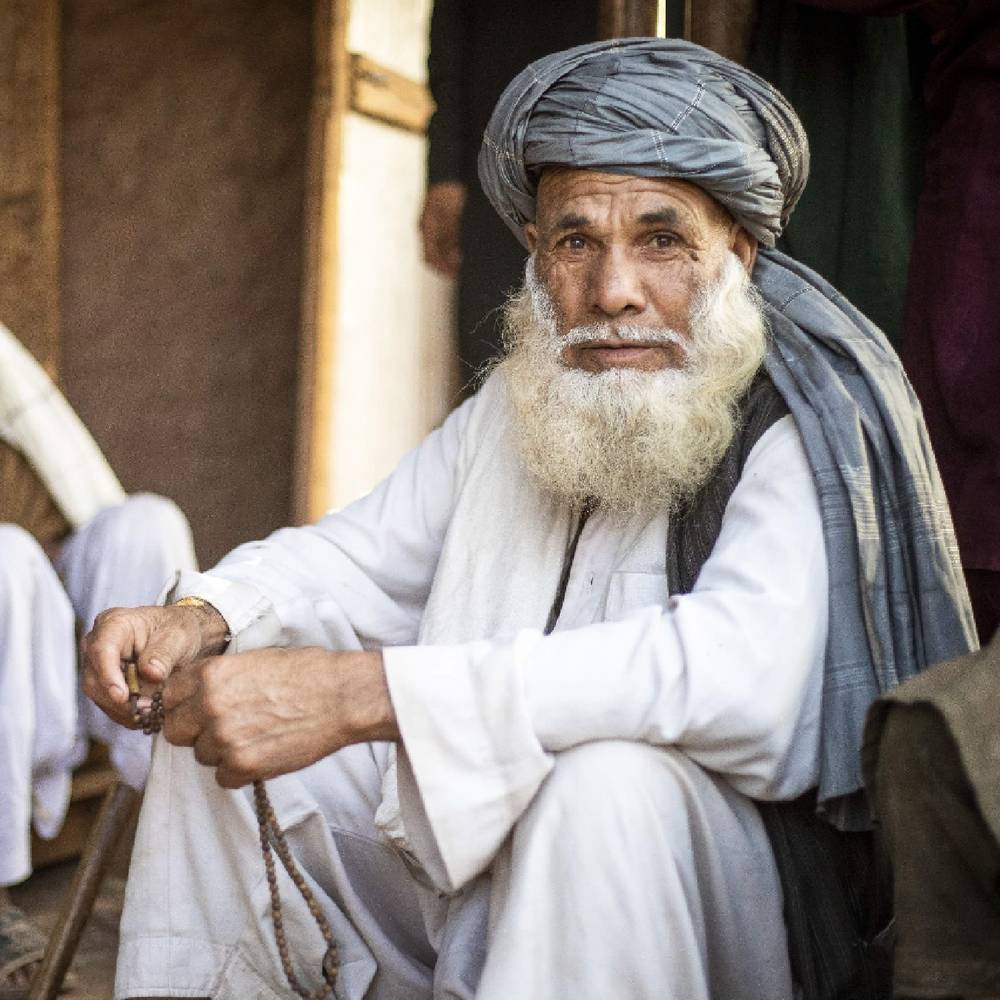
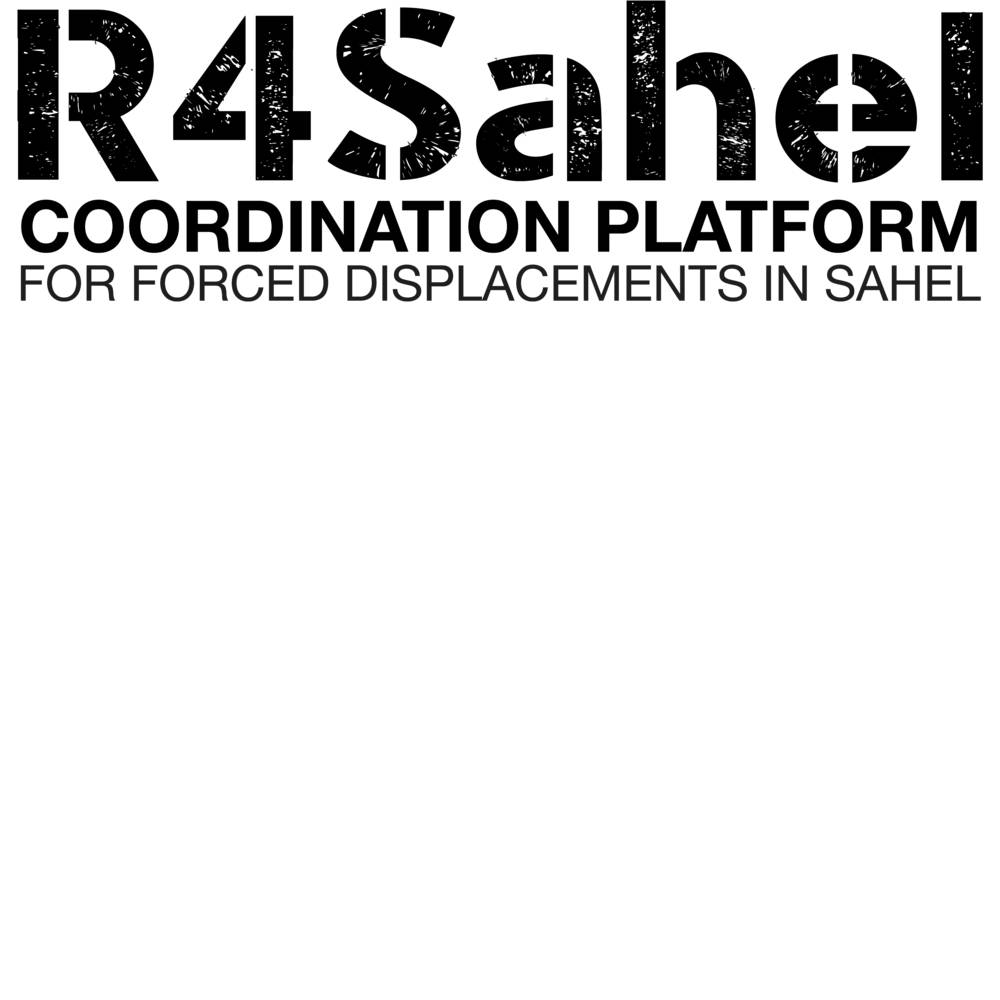
 All situations
All situations
